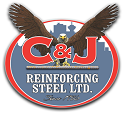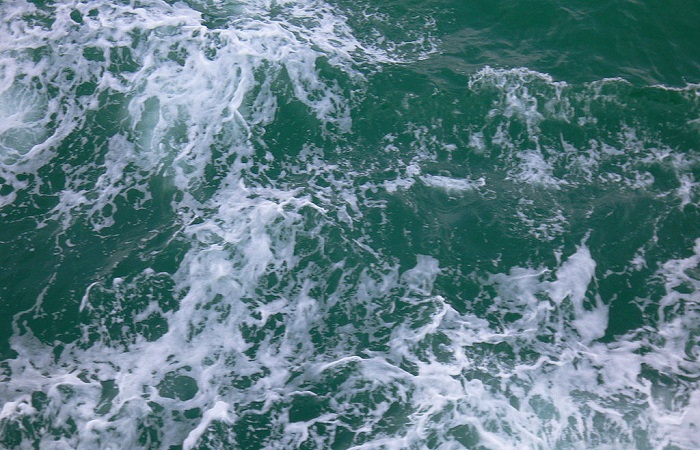No question about it that concrete is one of the best building materials available. Not only in terms of its strength and durability but also in the versatility of uses. In fact, concrete is used in so much construction around the world that it is the second most used material on the planet, with water being the number one.
Pretty hard to overtake water’s position when concrete contains large quantities water. Every ton of concrete require approximately 68 liters of water, fresh water that is. The annual global production of concrete comes in at around 10 billion tones which means that approximately 681 billion liters of fresh water is used. That is a lot of water. Fresh water that would probably be better used for people, animals and agriculture.
The natural question then would have to be; does it have to be fresh water that is used? Why not seawater, why can’t that be used instead to make concrete?
As far as concrete itself goes using salt water isn’t a problem. The issue with using salt water comes in when reinforcing concrete. The less expensive method of concrete reinforcement is to use steel rebar. Salt and steel do not mix well. Mixing steel, salt and water is even worse.
When you mix salt, water and steel together the iron in the steel begins to rust and when it forms rust that rust expands the metal. As the metal expands into the surrounding concrete the concrete begins to crack and those cracks allow more water to seep in which in turn promotes more rust which in turn expands the metal further creating bigger cracks. This erosion has a cascading effect until the steel reinforced concrete prematurely fails resulting in expensive repairs or replacement.
Is SEACON the solution?
In an effort to address the sustainability issues with concrete such as using fresh water, cleaning sand and the use of uncleaned ocean sand, researchers from the University of Miami teamed up with industries from the US and Italy to create SEACON. SEACON or seawater concrete, uses recycled materials and seawater to create a new kind of concrete.
Due to issues with corrosion, concrete made with recycled material and seawater can not use steel rebar for reinforcing. Because of this, researchers are currently testing a new kind of rebar made from glass fibers. This new glass fiber rebar is not susceptible to salt corrosion and as such, concrete repairs or replacements, will be greatly reduced. While this new glass fiber rebar may cost upwards of 15% more than steel rebar, the extra cost is quickly negated by the fact that the concrete structures that use this process may not need to undergo expensive repairs or replacement within 30 to 50 years.
SEACON is currently unavailable for regular use as it is undergoing accelerated testing in the lab and if that testing proves the virtues as described, the regulatory agencies who monitor the standards of salt in concrete, will have to adjust their concrete building codes. Once that happens it won’t be much longer before the stronger, more durable option will be available to big and small construction projects alike.
For some this may not mean too much but for the countries that are suffering from a shortage of potable water, saving 681 billion litres of fresh water every year is a pretty big deal.
Image by Jyi1693 [GFDL, CC-BY-SA-3.0 or CC BY 2.5], via Wikimedia Commons


